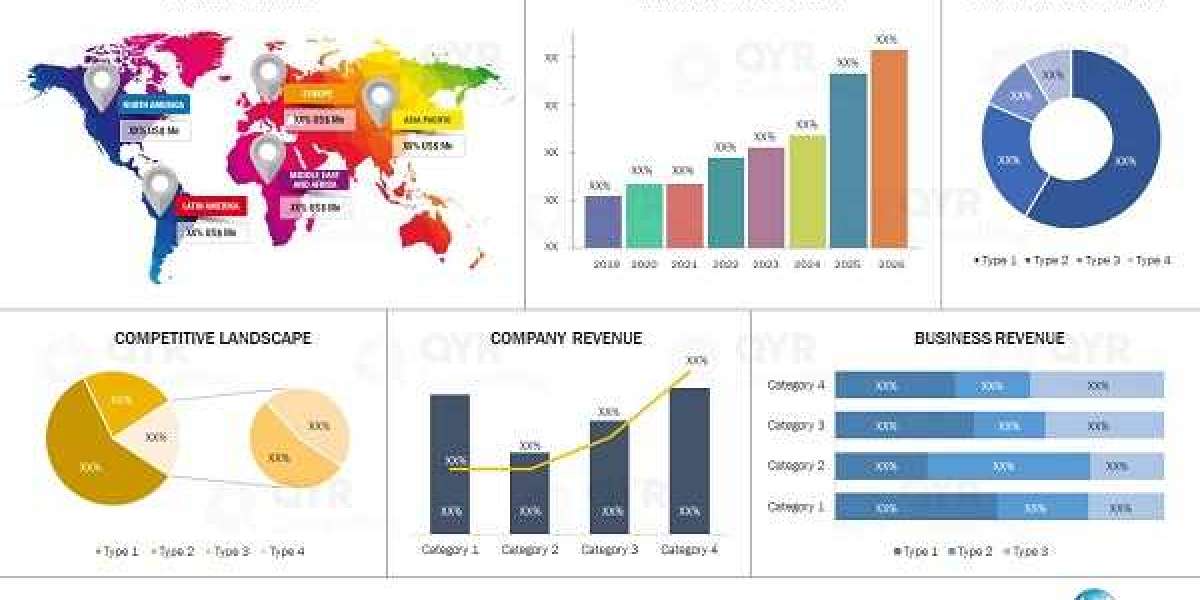Cassava bags, made from cassava starch, are emerging as a sustainable alternative to plastic packaging. These biodegradable and compostable bags decompose naturally within months, unlike traditional petroleum-based plastics. The growing awareness around plastic pollution, governmental bans on single-use plastics, and rising consumer preference for eco-friendly packaging have fueled demand for cassava-based alternatives. These bags are used in retail, food packaging, agriculture, and waste management.
The global Cassava Bags market was valued at USD 66.96 Million in 2023 and growing at a CAGR of 7.60% from 2023 to 2033. The market is expected to reach USD 139.29 Million by 2033.
Key drivers include:
Global push for plastic alternatives amid rising environmental concerns.
Favorable government policies and bans on single-use plastics.
Consumer demand for eco-conscious packaging and zero-waste lifestyles.
Increasing interest from retailers, FMCG brands, and hospitality sectors.
Key Market Restraints
High Production Costs: Cassava bags are often more expensive than conventional plastic due to raw material costs and limited production scale.
Durability Concerns: They are more sensitive to moisture and may have lower tensile strength compared to traditional plastic bags.
Limited Awareness: In many markets, there is still low consumer awareness or access to cassava bag products.
Competing Bioplastics: Cassava bags face competition from other bio-based materials like cornstarch, PLA, and PHA.
Regional Insights
Asia-Pacific: Leading the market, especially Indonesia, Thailand, and the Philippines—where cassava is abundant and plastic waste is a critical issue. Strong government support exists.
Europe: Increasing adoption driven by strong environmental regulations, bans on plastic, and demand for sustainable alternatives, especially in Western and Northern Europe.
North America: Gradual growth with demand mainly from eco-conscious consumers and niche retailers. U.S. states like California and New York are key markets.
Latin America Africa: Emerging markets, especially where cassava is cultivated (e.g., Brazil, Nigeria), offering both production potential and growing consumer interest.
Challenges and Opportunities
Challenges:
Scaling up production to meet increasing demand while maintaining cost-efficiency.
Ensuring compliance with global compostability standards and certifications.
Educating both consumers and businesses about performance, disposal, and benefits.
Opportunities:
Development of industrial-grade cassava bags with higher strength and moisture resistance.
Growth in private-label and custom-branded cassava packaging.
Expansion into agriculture, foodservice, and fashion retail sectors.
Use in government and NGO-led environmental campaigns.
Key Trends
Increasing investment in cassava-based biopolymer RD.
Partnerships between startups and large retailers for sustainable packaging.
Rise of "plastic-free" certifications and eco-labeling to attract conscious consumers.
Use of cassava bags in subscription boxes, organic food packaging, and green e-commerce.
Growth in micro-manufacturing units close to cassava-producing regions for localized supply chains.
Key Players
Avani Eco (Indonesia)
Biogreen Bags (Thailand)
Envigreen Biotech India Pvt. Ltd.
Bioplastics International
Greenhope (Indonesia)
Cassava Bags Australia
Minima (Thailand)
BioBag World
PT Intera Lestari Polimer
Earth Cycle Ltd.
Request to Download Sample Research Report- https://www.thebrainyinsights.com/enquiry/sample-request/14263
Conclusion
The cassava bags market stands at the intersection of innovation and sustainability, offering a promising solution to the global plastic crisis. While scalability and durability challenges remain, increasing environmental regulations, consumer eco-awareness, and advances in biopolymer technology are driving strong momentum. As businesses and governments alike seek greener alternatives, cassava bags are likely to play a growing role in the future of packaging.
Market Introduction
Market Dynamics
Segment Analysis
Some of the Key Market Players











